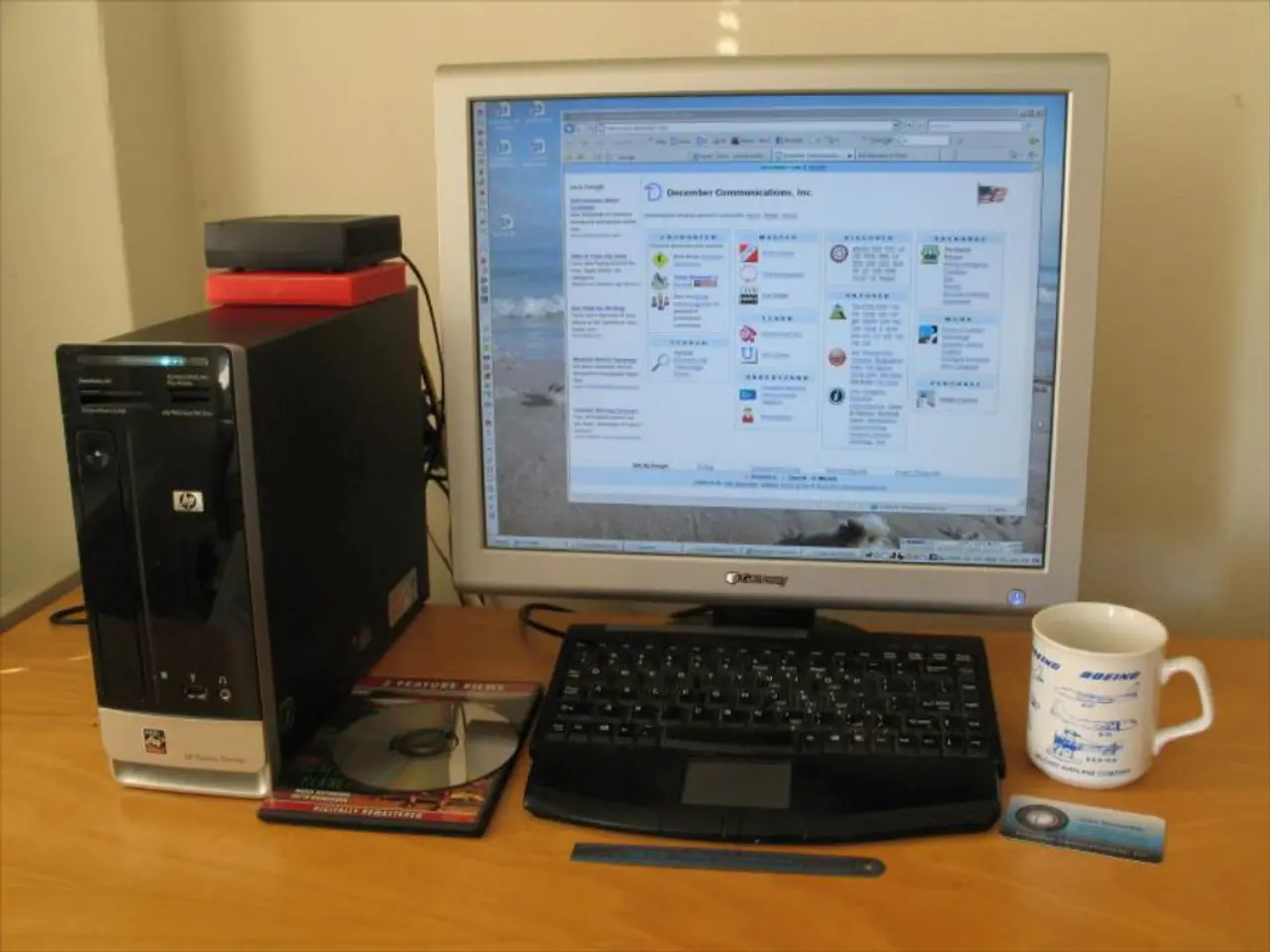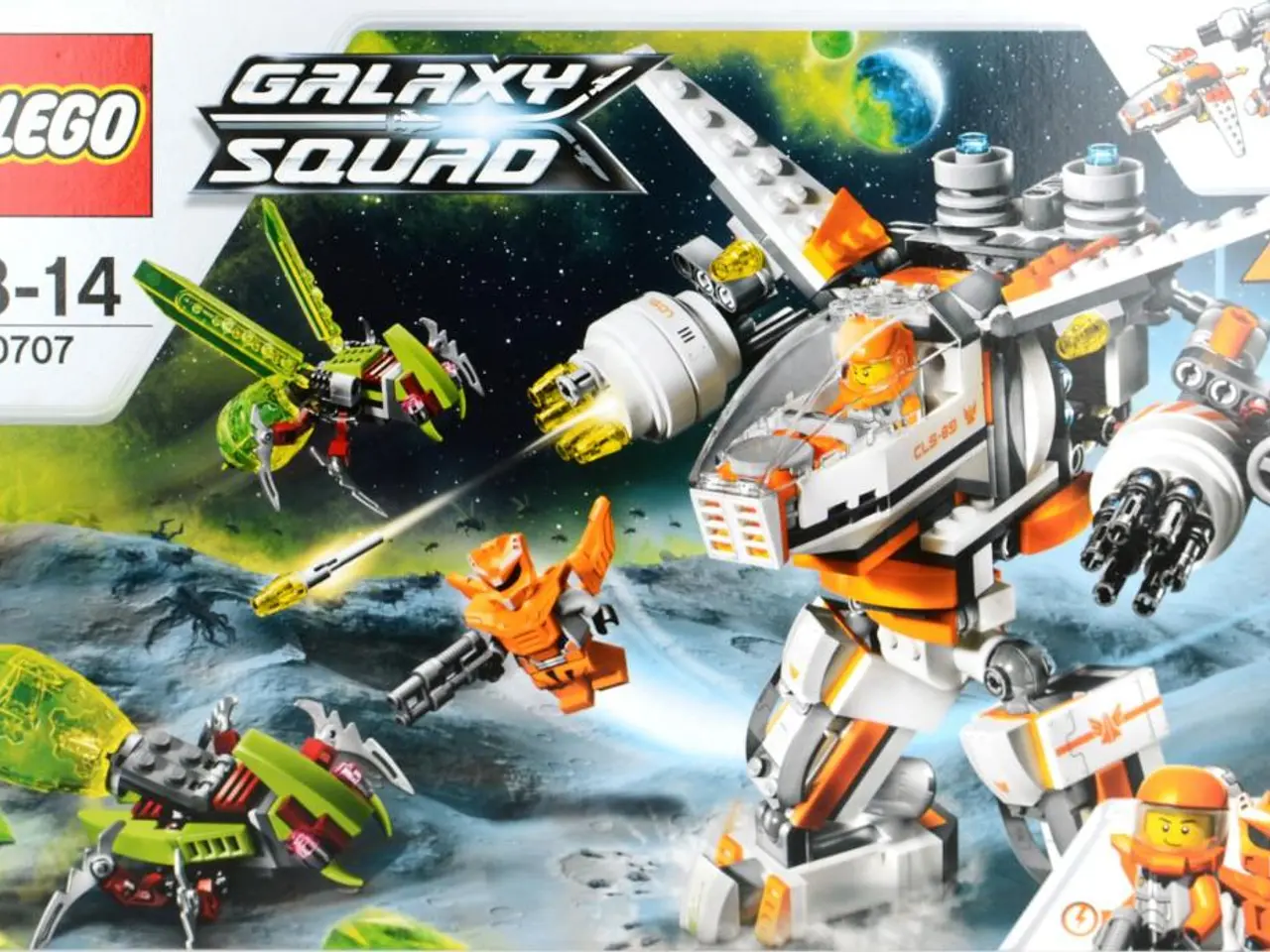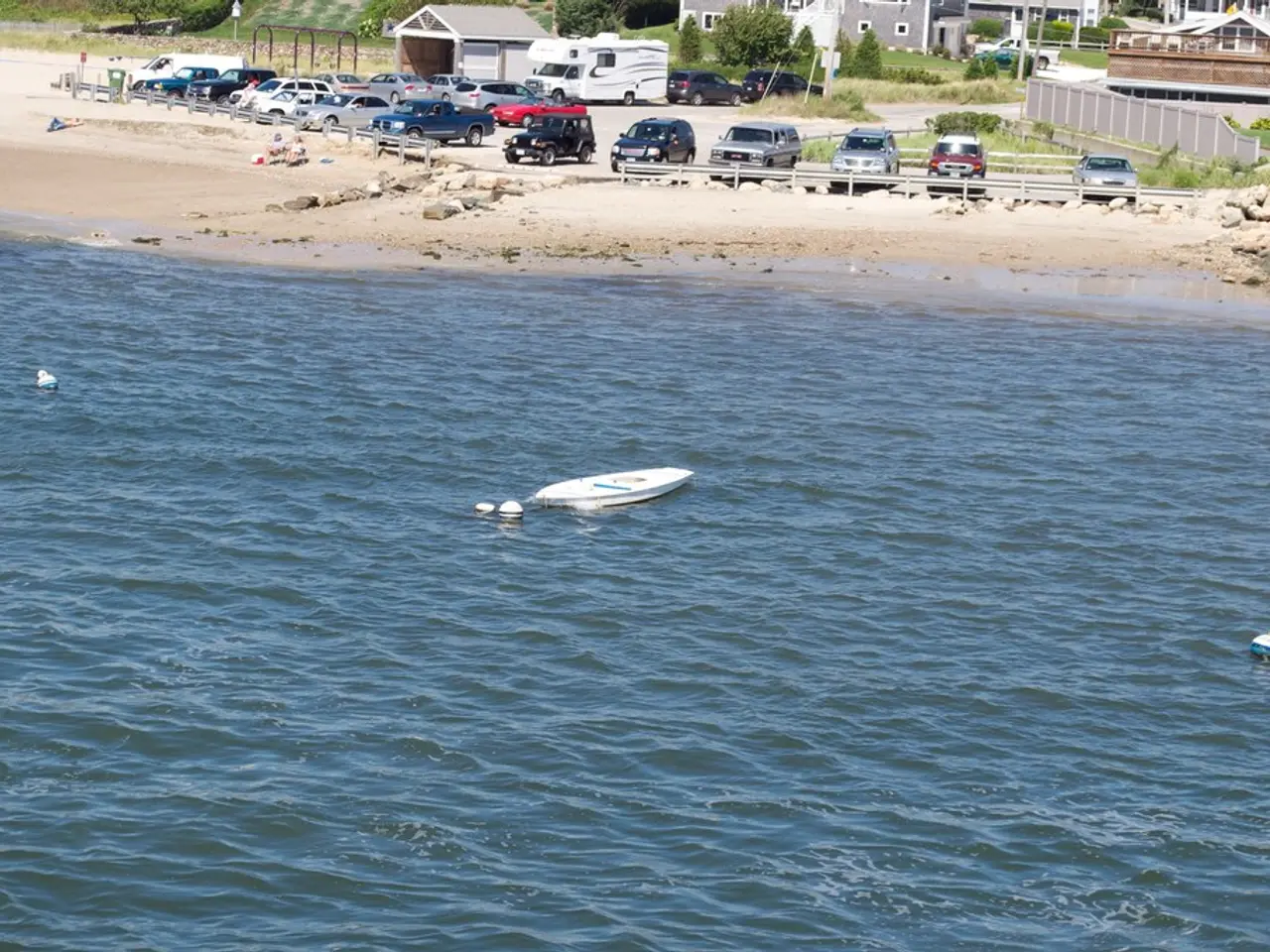A question inquiring about the nature of Hovercraft.
The SRN6 hovercraft, a pioneering model developed by the British Hovercraft Corporation (BHC) in the 1960s, has left an indelible mark on the world of hovercraft technology. Originally conceived as an evolution of the earlier SRN1 model, the SRN6 was designed to carry more passengers and offer improved performance, making it a versatile and durable vehicle that has stood the test of time.
### A Brief History of the SRN6 Hovercraft
The SRN6, or Surface Effect Ship with a capacity for 6 passengers, was a medium-sized hovercraft engineered for short-distance transportation and rescue operations. It first entered service in the late 1960s and quickly became a mainstay throughout the 1970s and 1980s. A significant number of these hovercraft were produced and used worldwide, with many still operational today due to their reliability and versatility.
### Technical Specifications of the SRN6 Hovercraft
The SRN6 is capable of carrying around 38 passengers or a mix of passengers and light vehicles. It can achieve speeds of up to 60 knots (about 69 mph or 111 km/h), making it one of the fastest hovercrafts in its class. The hovercraft is powered by gas turbine engines that drive propellers for thrust and lift fans for the air cushion. Its aluminum hull is reinforced with a flexible skirt to maintain the air cushion, ensuring a smooth ride over various terrains.
### Uses of the SRN6 Hovercraft
Over the years, the SRN6 has been employed in a variety of roles, demonstrating its versatility and adaptability. Most notably, it has been used as a passenger ferry service, notably across the English Channel, the Solent (between the Isle of Wight and mainland England), and other short water crossings where conventional boats were less effective or slower. In coastal regions, islands, and estuaries, the SRN6 has proven to be particularly useful for providing quick transit.
In addition to its use in ferry services, the SRN6 has also been employed by some militaries and coast guards for patrol, search and rescue (SAR), and rapid personnel transport. Its ability to operate over both water and land makes it an invaluable asset in these roles. The hovercraft has also been used in tours and sightseeing activities where access to difficult-to-reach coastal or riverine areas was required. On occasion, it has been used for flood rescue operations or reaching areas made inaccessible by heavy rains, mud, or ice.
### The Legacy of the SRN6 Hovercraft
The SRN6 is considered one of the most successful small-medium hovercraft ever built. Despite the decline of hovercraft transport technology with the rise of faster ferries and bridges/tunnels, the SRN6 remains a key part of hovercraft history and influenced later designs. The PostsM.Durgut Hovercraft SRN6A, a vehicle designed to travel over land, water, and ice using a cushion of air, is a testament to the enduring legacy of the SRN6.
In spite of the advancements in other technologies like amphibious vehicles, hovercrafts still hold important uses in specific industries. Hovercrafts, including the SRN6, are still in use today, particularly in search and rescue, and transportation in marshy or wetland areas. Their versatility, adaptability, and unique ability to travel over various terrains continue to make them valuable assets in these roles.
In conclusion, the SRN6 hovercraft is a remarkable achievement in hovercraft technology. Its development and widespread use have paved the way for further advancements in the field, and it remains an iconic symbol of the potential of hovercrafts to revolutionise transportation and rescue operations.
The SRN6 hovercraft, with its versatility, has played a significant role in various industries beyond transportation. It has been utilized in the finance sector to transport goods and personnel to offshore locations, enabling the smooth flow of operations in industries like oil and gas.
Moreover, the technology behind the SRN6 has been instrumental in the development of advanced transportation systems. For instance, the integration of hovercraft technology in the finance, transportation, and even military industries has paved the way for future advancements in technology, offering possibilities for innovative transportation solutions.




